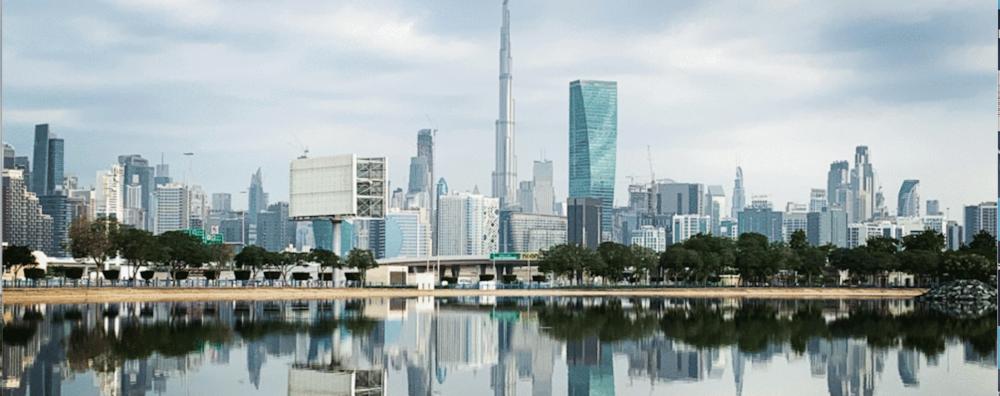From the lights to the shopping to the fusion of Chinese and Western influences, there’s so much to sample in this fascinating and fast-paced city. This is the next installment in my series of travel posts and is adapted from my column in The Source magazine. Normal blog service resumed tomorrow!
Hong Kong bristles with such vibrant, non-stop energy that you can fit more into a 48-hour whirlwind tour of ‘Asia’s World City’ than you ever thought possible.
Transformed from a colonial outpost into a thriving, international business centre, Hong Kong is a city of contrasts. A Chinese metropolis with a 156-year history of British rule; a densely packed home to seven million people with islands and jungly undergrowth; and a shopping mecca famous for bright, neon lights, tucked-away temples, high teas and dim sums.
Its name means Fragrant Harbour, and while Hong Kong’s sensory overload may overwhelm at first, once you get your bearings you’ll find yourself drawn to this teeming hub like moths to a light. Here’s what you can do in 48 hours.
Day one: A friend who lived in Hong Kong for several years told me, “If you only have time to do one thing, go up The Peak.” Provided it’s not too cloudy or polluted, the views of Victoria Harbour, central Hong Kong and the city’s 260-plus islands are exhilarating.
By day, your eyes scan the gleaming skyscrapers, the traditional ferries that dot the waters of Victoria Harbour and an abundance of green landscape stretching all the way to the hills of the New Territories. As the sun sets, the hues change to pink and orange, before melting away to reveal a glittering nightscape that twinkles beneath you.
You can ascend Victoria Peak on foot via walking trails or take a bus to the top, but we opted to ride the historic Peak Tram, which climbs the mountain at an astoundingly steep angle. Dating back to 1888, the tram was the first cable funicular in Asia. Don’t be put off by the crowds at the terminus – the journey is a jaunty, not-to-be-missed visual experience in its own right.

The highest point on Hong Kong Island, Victoria Peak was home to many of the city’s early colonial administrators, who wanted to escape the heat and humidity of urban life below. Today, the exclusive neighbourhood still attracts the rich and famous, with some of the most expensive real estate in the world
After feasting our eyes, it was time to exercise our wallets at the Temple Street Night Market, which starts around 4pm but really gets going after dark. The emphasis is on fashion, but you can find just about anything, from chessboards to chopsticks.
There are quite literally hundreds of stalls stacked high (expect to haggle), and even if you’re not looking for a good deal, it’s worth visiting just for the atmosphere. The night market is also known for its dai pai dongs (open-air food stalls), fortune tellers and deafening Cantonese karaoke.
If you’re really determined to shop until you drop, you could always move on to Mong Kok’s Ladies Market, a one-kilometre stretch of market stalls selling piles of clothing and accessories, as well as home furnishings, CDs and trinkets.
Rounding the day off with a trip to Lan Kwai Fong, a small square of streets in Hong Kong’s Central District, will give you a lively taste of the nightlife enjoyed by the city’s expats.
Day two: The next day we opted not to visit the busy, bronze Tian Tan Buddha statue (known as the Big Buddha due to its size) and instead took a local ferry from Central Pier to the little island of Cheung Chau. A world away from the suits and skyscrapers of Central, Cheung Chau is a warren of little roads with few vehicles. It’s all too easy to while away the afternoon strolling around and sipping cold drinks at a seaside café.
As a grand finale that evening, we couldn’t resist one last look at the city’s glorious skyline, viewed from the waterfront Avenue of Stars. Modelled on Hollywood’s Walk of Fame, we saw the big names from Hong Kong’s entertainment industry immortalised in stone and took a photo with a bronze statue of Bruce Lee.
But, for me, it was watching the city’s lights come on – bringing the iconic skyline into even sharper focus – that was the most memorable. Then, at 8pm, as if we hadn’t been dazzled enough already, the Symphony of Lights set the sky ablaze with lasers.
MY TIP: Eat scones and sandwiches while listening to a string quartet at The Peninsula’s high tea, or if Cantonese is more your thing, try one of the dim sum restaurants in Tsim Sha Tsui


